In a country known for its sprawling expanses and cultural diversity, the United States is home to a rich variety of historic and iconic landmarks that weave the story of the nation’s past.
This guide will take you on an incredible journey around the U.S., where you’ll visit 21 of the country’s most famous monuments.
Monuments are the immortal storytellers of America’s evolution from a country that declared independence to one that embraced its role as an innovator.
To share these iconic moments instantly with loved ones, consider using an iRoamly USA travel eSIM for fast, reliable data on the go.
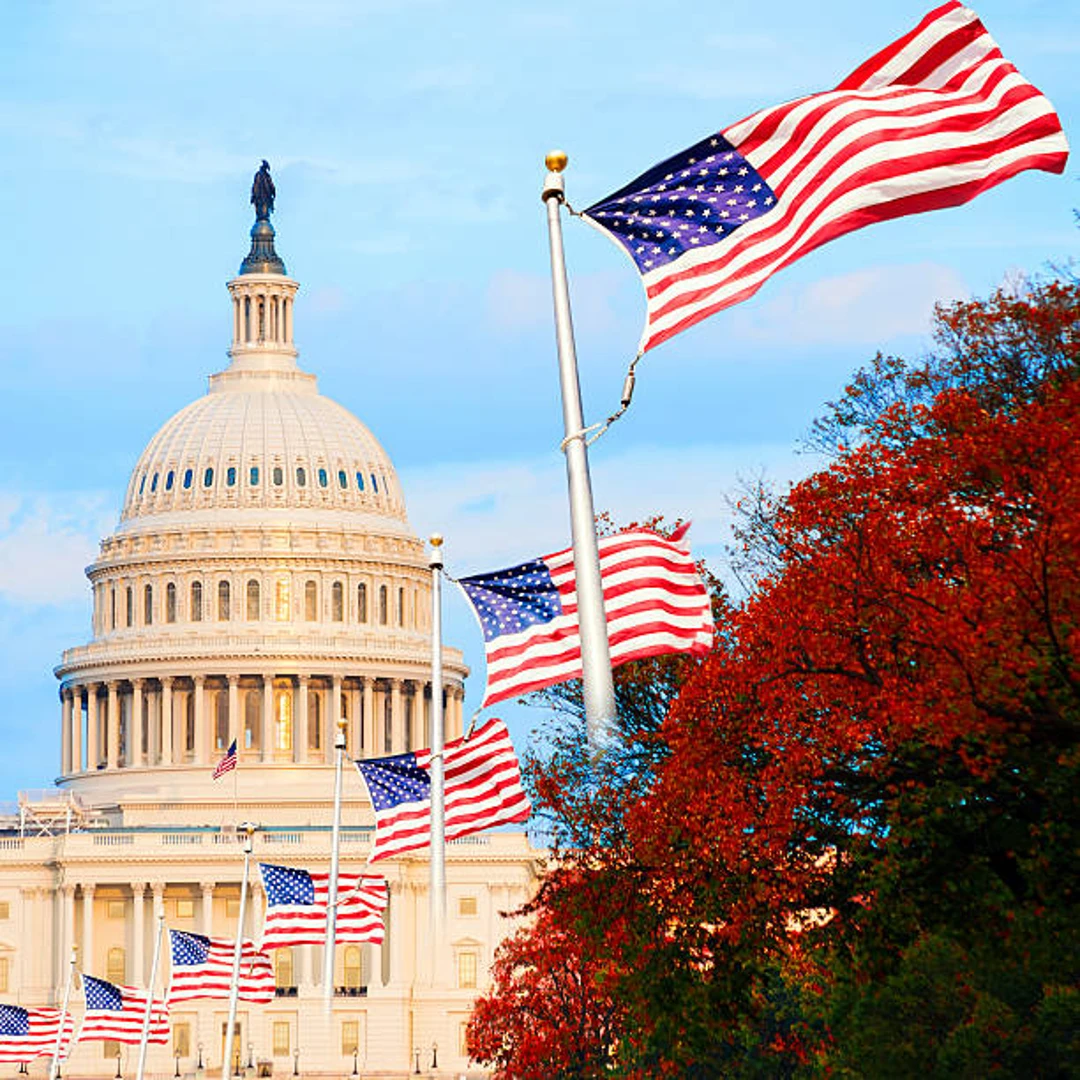
East Coast Icons
1. Statue of Liberty (New York)
The Statue of Liberty is an iconic figure of freedom and democracy across the globe. It was presented by France in 1886 and now towers over the waters of New York Harbor on Liberty Island.
The torch that Lady Liberty holds represents enlightenment, her robe is designed in the Roman style and she represents the goddess Libertas.
Lady Liberty was the first sight for many immigrants arriving in the United States, a beacon of hope for a new life in a new land.
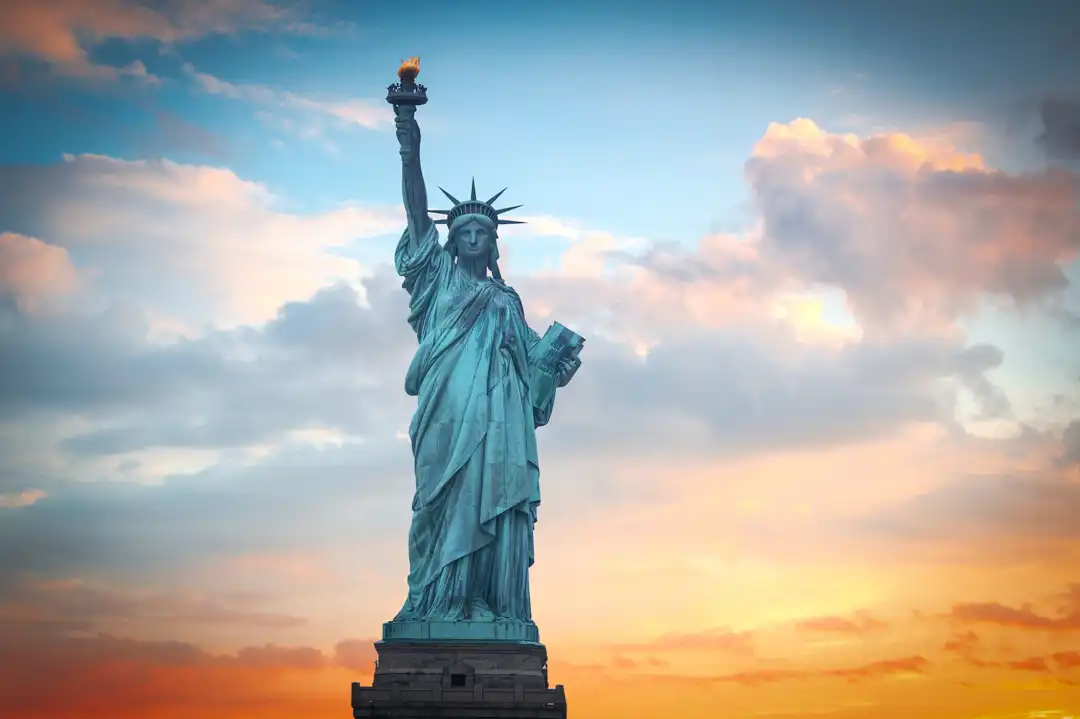
2. Independence Hall (Philadelphia, Pennsylvania)
Independence Hall is where the United States was born. After all, this is where the Founding Fathers not only signed the Declaration of Independence but also drafted the Constitution, key events in the history of the U.S. founding.
Situated in downtown Philly, its red-brick exterior is iconic, and the interior should be on every American’s must-visit list. Walking around, it’s easy to imagine less-than-civil conversations and debates that went on here, shaping the future.
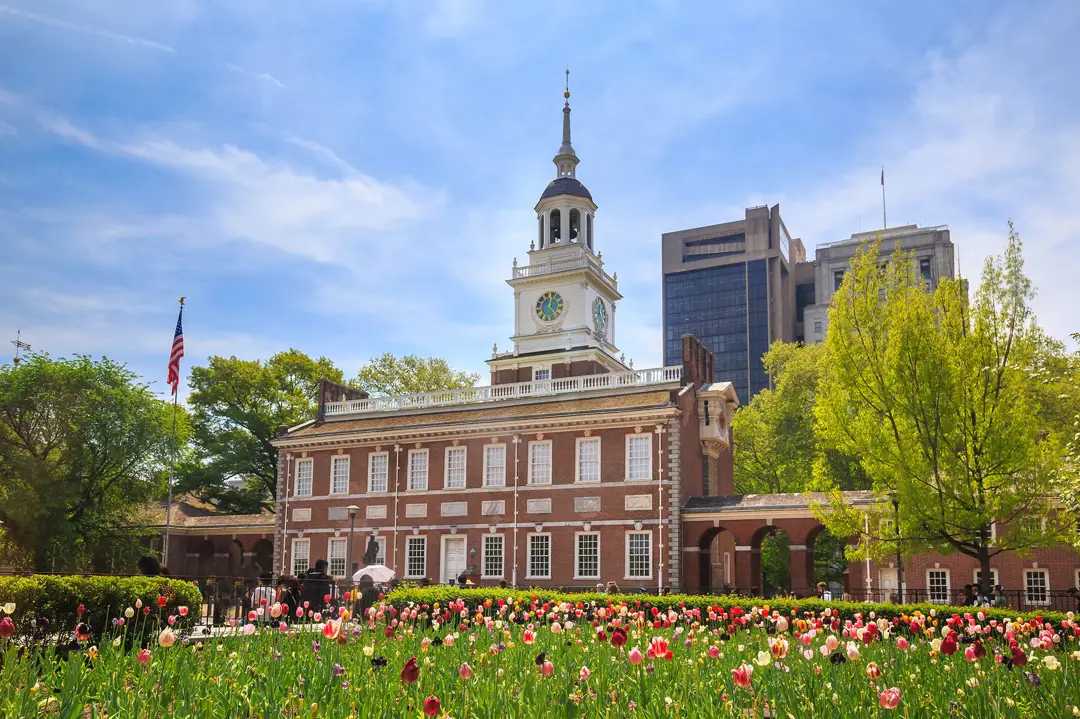
3. Lincoln Memorial (Washington, D.C.)
The Lincoln Memorial is a memorial to Abraham Lincoln, one of the greatest presidents in United States history. Found on the National Mall in Washington, D.C., it serves as a tribute to his work reuniting the country and championing equality.
Inside is an enormous statue that shows Lincoln sitting back with a look of determination on his face and the Gettysburg Address and his second inaugural speech are inscribed on the walls.
It’s a point of convergence for history and introspection.
4. Washington Monument (Washington, D.C.)
The Washington Monument was erected to honor George Washington, the first U.S. president. Lofty above the National Mall, it is the world’s largest stone and masonry structure and obelisk.
The structure’s minimalist and stark design reflects George Washington his himself) it’s solid, not fancy. You can zip to the observation deck via an elevator and see a bird’s-eye view of the capital, linking together history and today.
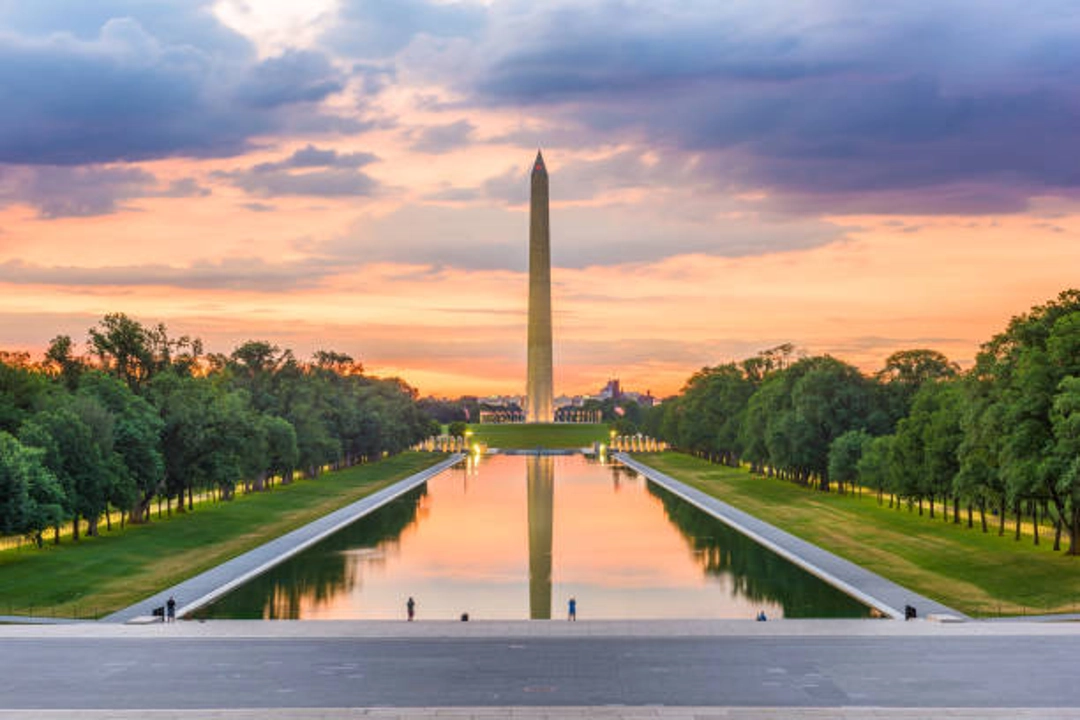
5. Vietnam Veterans Memorial (Washington, D.C.)
The Vietnam Veterans Memorial is designed to emotionally move all who visit.
The memorial consists of two black granite walls that are separated by a walkway and over 58,000 names of soldiers who died or were missing in the war are etched on the walls.
The memorial is reflective: when you look at it, you see yourself, meaning the cost of war is not just those names. It’s a place to sit and reflect on them all and the war itself.
Southern Coast Icons
6. Martin Luther King Jr. Memorial (Washington, D.C.)
Conveniently located in a prime spot on the Tidal Basin in Washington, D.C., the Martin Luther King Jr. Memorial is a fitting monument to one of the most important activists in the history of the American civil rights movement.
The life-size monument, made out of rough-hewn stone, depicts King stepping out of a large bolder, which serves as a metaphor for his commitment and the lasting impact of his legacy.
The spot is also ringed by some of King’s most memorable quotes, emphasizing his vision of equality and justice. A visit is sure to inspire self-reflection on the never-ending struggle for human rights and the power of a single individual to start a movement.
7. The Alamo (San Antonio, Texas)
The Alamo is a testimony to courage, challenging the odds, and fighting oppression.
Situated in the heart of San Antonio, Texas, the old mission and fortress is best known for the 1836 battle, wherein a small Texian force took on a much larger Mexican army.
You can feel the spirit of rebellion and self-sacrifice that emanates from this place, and wandering its historic grounds provides a window into Texas’ past and its quest for independence.
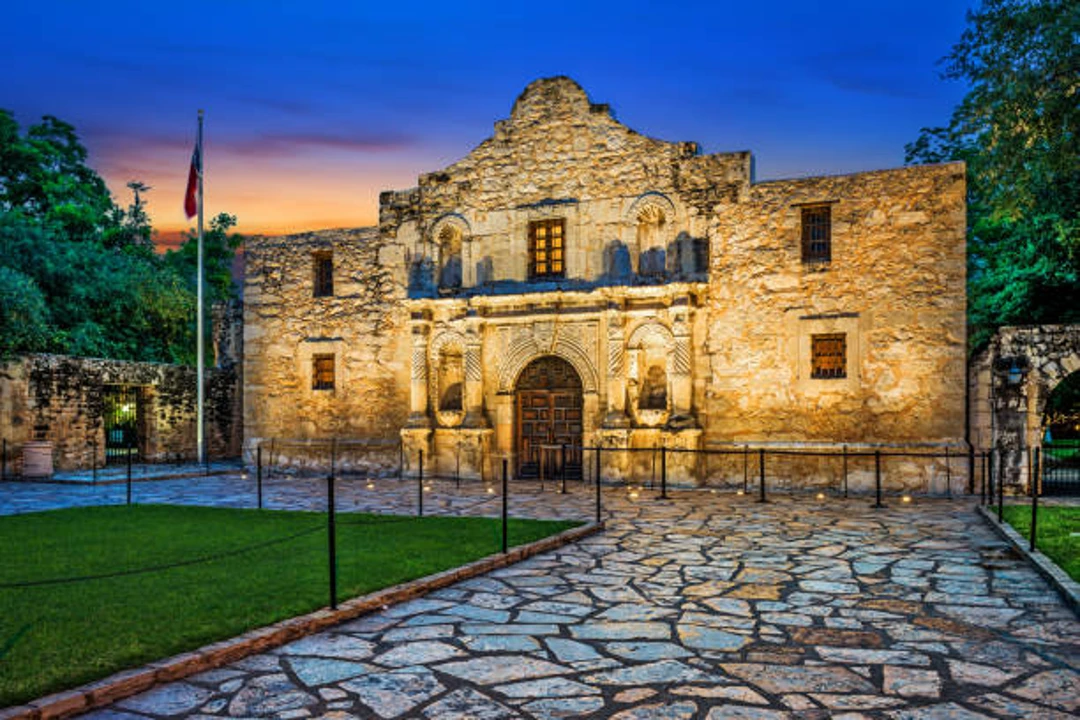
8. Mount Rushmore National Memorial (South Dakota)
Mount Rushmore National Memorial stands as a symbol of leadership and the essence of America, chiseled into the granite of the Black Hills of South Dakota.
This massive sculpture depicts the profiles of four historic U.S. presidents: George Washington, Thomas Jefferson, Theodore Roosevelt, and Abraham Lincoln.
Each of these faces recollects key events from American history and exemplifies democracy, growth, preservation, and union.
In viewing them and admiring their grandeur, one ponders the meaning of leadership and the many aspects of American advancement that they represent.
9. Jefferson Memorial (Washington, D.C.)
The Jefferson Memorial honors the brilliant mind of Thomas Jefferson, the Declaration of Independence’s chief architect. This neoclassical edifice stands in a beautiful spot on the Tidal Basin in Washington, D.C.
Life-sized and bronzed, the statue of Jefferson inside is encased by excerpts of his Declaration of Independence, reflecting his ideas on liberty and government.
A visit here offers a quiet destination to ponder the legacy Jefferson left on America’s foundational beliefs and the many ways in which he helped shape the American identity.
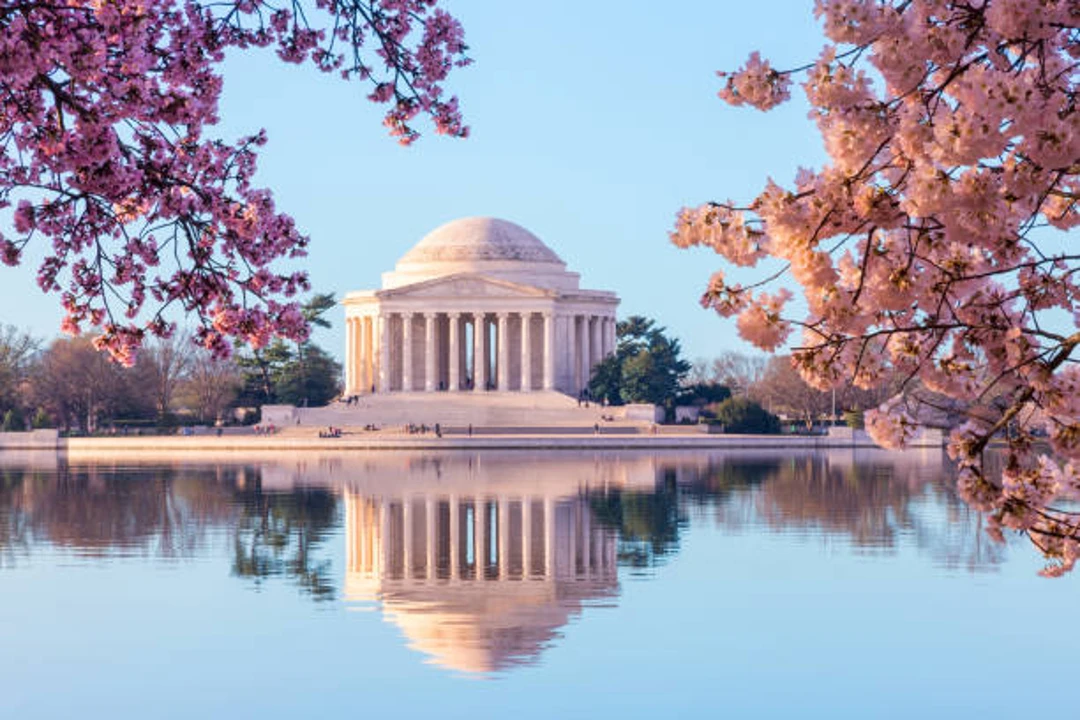
Western Wonders
10. Golden Gate Bridge (San Francisco, California)
The Golden Gate Bridge isn’t simply a means to cross a bay; it’s San Francisco’s most recognizable landmark and one of the famous USA landmarks that draw visitors from around the world.
This vividly colored marvel of engineering spans almost two miles, linking the city with Marin County. And since its opening in 1937, it has become one of the most photographed bridges in the world.
As a result, it has come to embody not only innovation but the capacity of a single icon to represent a whole area.
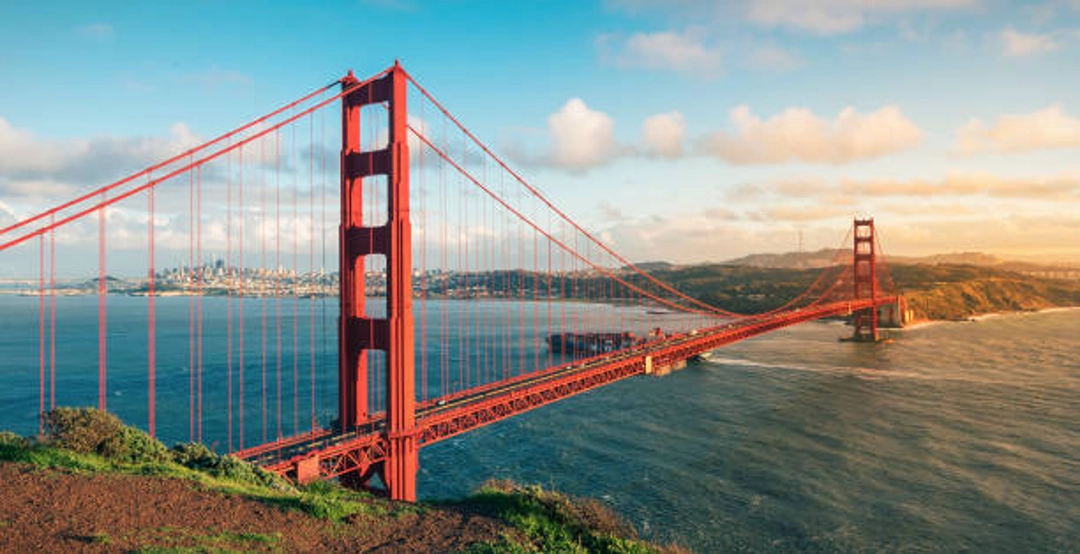
11. Hoover Dam (Nevada/Arizona Border)
A historic marvel of engineering, the Hoover Dam was constructed during the Great Depression, and it dammed the mighty Colorado River, providing water and hydroelectric power for millions.
The Art Deco gem was finished in 1935, and its imposing structure is guaranteed to leave you in awe.
When you’re standing on the dam itself, you can truly appreciate the resourcefulness of humanity to convert dreams to reality, even in times of struggle.
12. Griffith Observatory & Hollywood Sign (Los Angeles, California)
Located in the Los Angeles hills, the observatory at Griffith Park provides stunning views of both the skies and the City of Angels, while the close-by Hollywood Sign stands guard over the world’s entertainment factory.
Both structures epitomize the tie between the dreams and exploration ingrained in the American ethos. Whether you’re stargazing or immersing in movie lore, every trip is a testament to the West Coast’s limitless potential.
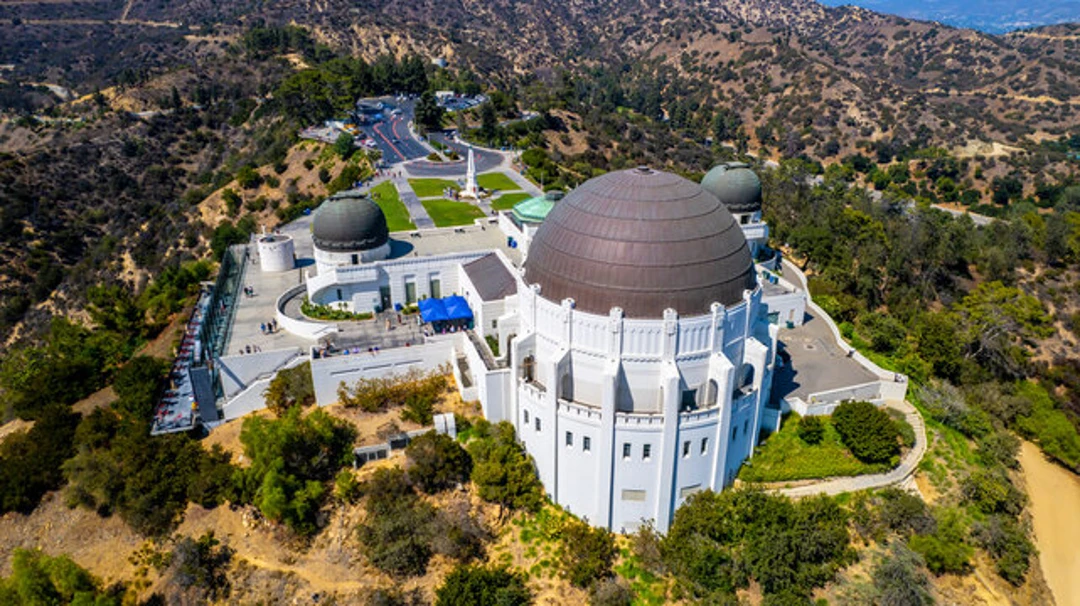
13. USS Arizona Memorial (Pearl Harbor, Hawaii)
Hovering above the submerged USS Arizona, this memorial is a site of contemplation and respect. It’s dedicated to the courageous men and women who died during the Pearl Harbor assault in 1941.
As you we observe is cover about the events that changed the course of World War II, this area lets you reflect on the men omen and women who lost their lives. Surrounded by calm waters, it’s a deep and moving experience.
This somber memorial ensures their memory lives on, teaching us about the past and giving us hope for the future.
Midwestern & Heartland Highlights
14. Gateway Arch (St. Louis, Missouri)
The Gateway Arch is a shining stainless steel monument that embodies the can-do spirit of the United States. Rising high above the banks of the Mississippi River, it denotes St. Louis as the “Gateway to the West.”
Finished in 1965, the Arch is the tallest monument in the country. It also offers a great view of the city from the top.
As you go up, you can’t help but think of the pioneers who headed west, looking for a better life and capturing the adventurous, exploring spirit of that time in America.
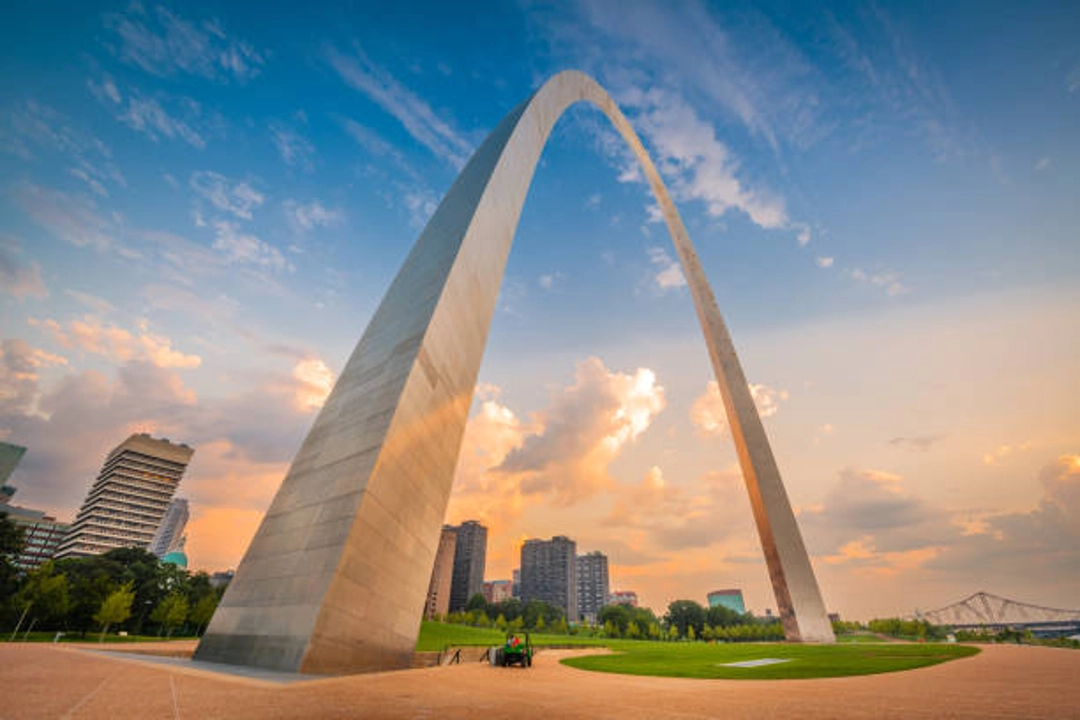
15. Crazy Horse Memorial (South Dakota)
Nestled in South Dakota’s Black Hills, the Crazy Horse Memorial commemorates the iconic Lakota warrior. Unfinished, it’s set to become the world’s largest mountain sculpture.
The monument itself pays homage to Crazy Horse’s bravery and dedication to Native American causes.
The fact that it’s a work in progress and the story behind it make it humbling and awe-inspiring, both a celebration of and dedication to Native American culture and acknowledgment. It’s an impressive site to visit.
16. Soldiers and Sailors Monument (Indianapolis, Indiana)
At the center of Indianapolis is the imposing Soldiers and Sailors Monument. The monument commemorates the service and sacrifice of Hoosiers during a range of U.S. wars, including the Revolution and Spanish-American War.
The ornate monument includes sculptures and water features that depict scenes of the feats of valor and courage.
Climbing to the observation deck not only provides 360-degree views of the city, but also gives visitors a chance to pause and consider the commitment and bravery of generations of soldiers.
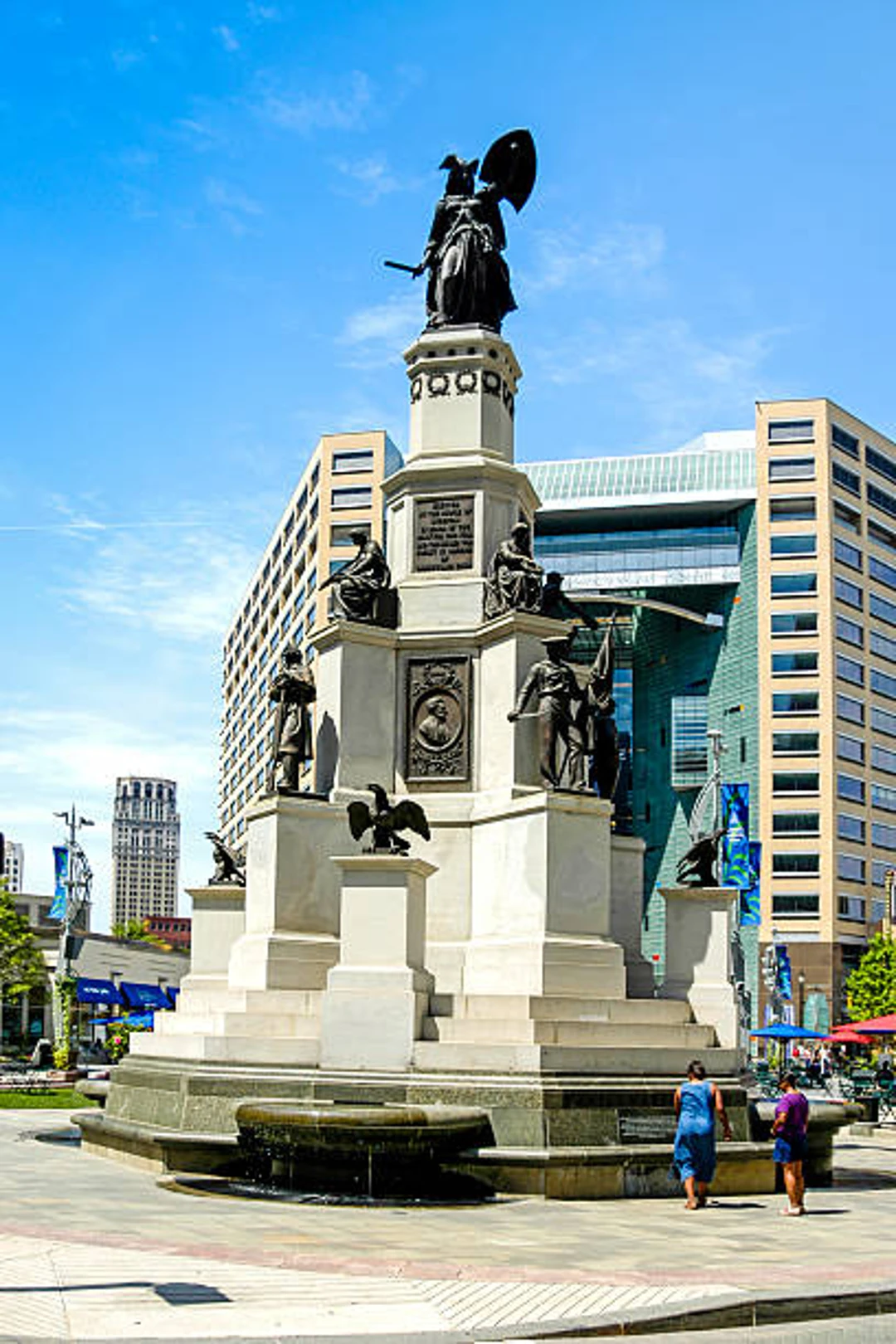
Unique & Lesser-Known But Iconic Sites
17. Four Corners Monument (Arizona, Utah, Colorado, New Mexico)
Just picture yourself being in four states simultaneously! At the Four Corners Monument you’re not technically visiting a single state—you’re visiting Arizona, Utah, Colorado, and New Mexico simultaneously.
It’s the only place you can do that, which makes for a fun and unique photo. Once you’ve arrived and taken your fun photo, stop and browse the hand-crafted goods from the local artisans.
They make a perfect souvenir to commemorate your visit to this region that captures the unique Native American essence of this region.
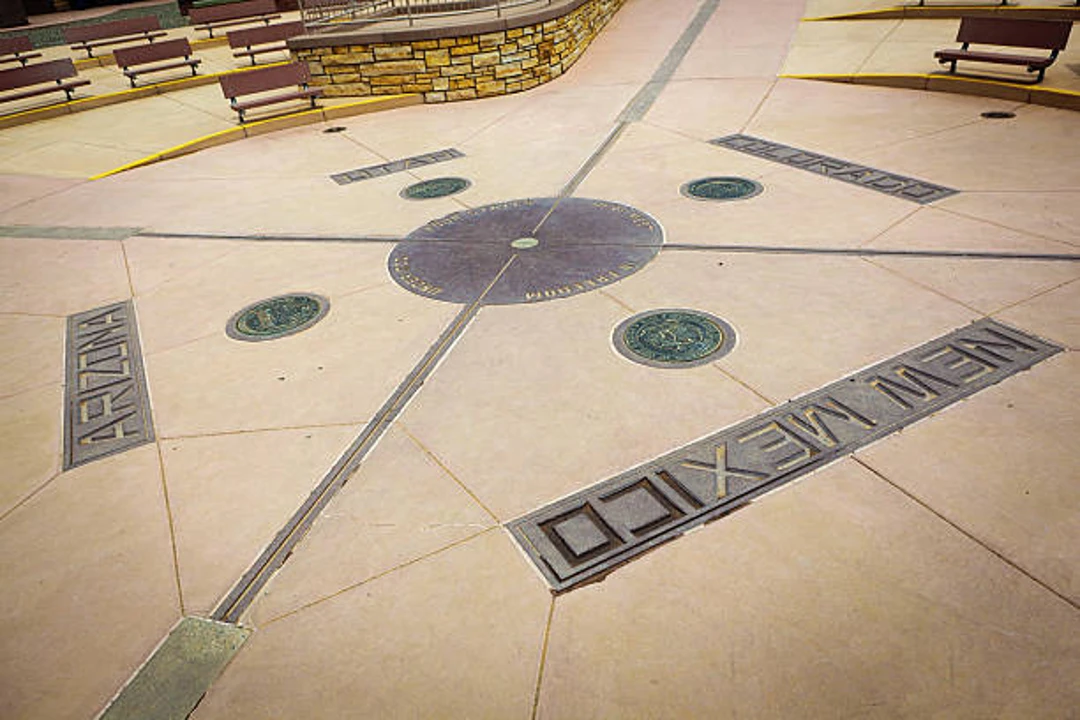
18. Liberty Bell (Philadelphia, Pennsylvania)
The Liberty Bell wasn’t just a bell; it was a symbol of American freedom and independence.
This iconic bell in Philadelphia used to be hung in the tower of Independence Hall. It has a famous crack, but every American can still hear its ring in their heart, a gentle reminder of freedom and equality.
Seeing the bell in person helps you understand the revolutionary spirit that formed the nation.
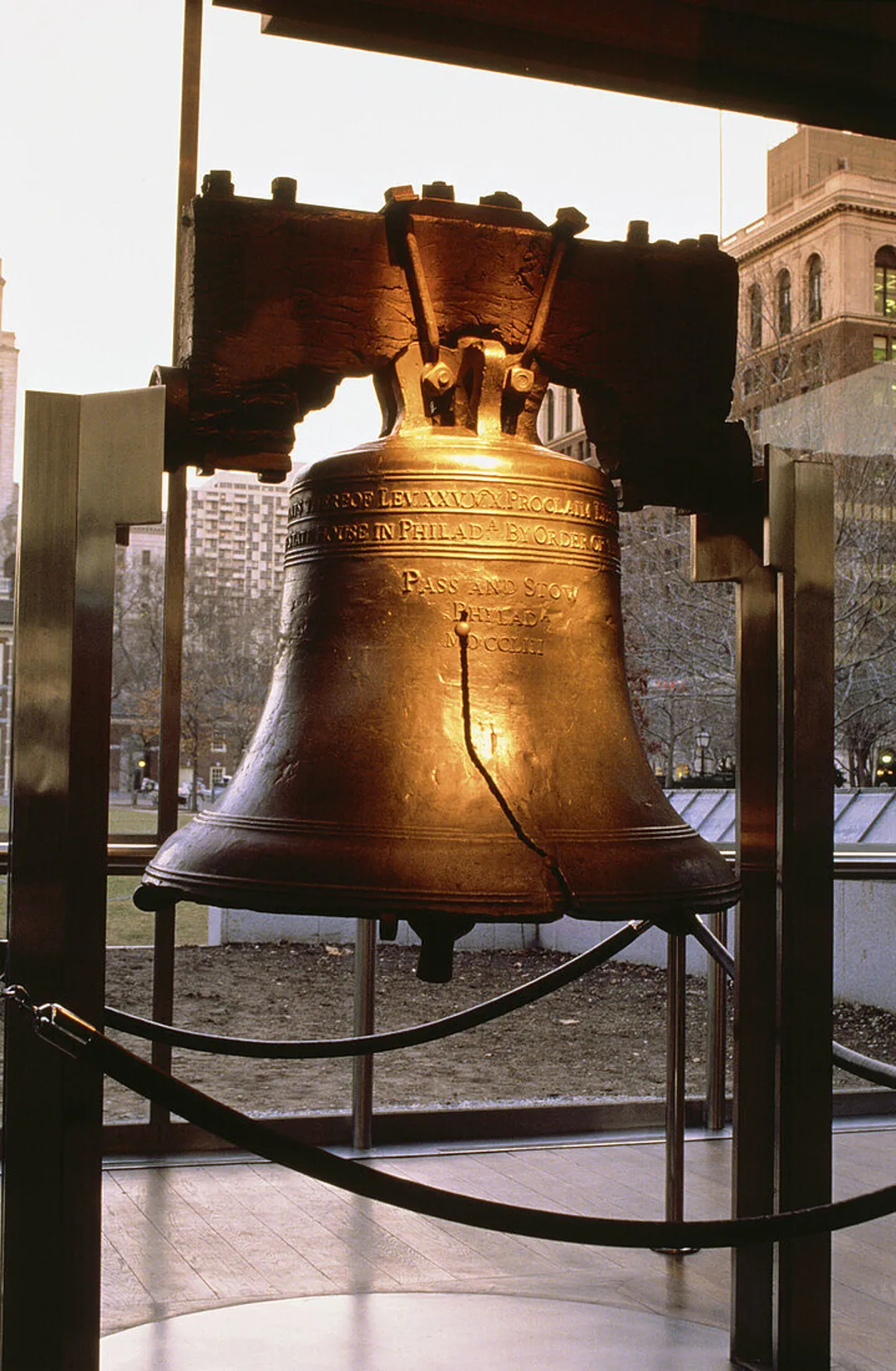
19. F.D.R. Memorial (Washington, D.C.)
Walk around the F.D.R. Memorial and you walk through history.
This extensive memorial to Franklin D. Roosevelt is made up not of a single statue but of a number of outdoor “rooms,” each focusing on a different part of his presidency — from the Great Depression through World War II.
20. 9/11 Memorial & Museum (New York City)
A Visit to the 9/11 Memorial & Museum is a sobering experience in the hectic city of New York.
The two reflecting pools (which sit in the towers’ original footprints) are sobering in their own right — but it’s the museum below them that truly immerses you in the events of the day, with moving firsthand accounts and artifacts.
It’s somber, sad, and emotional — but it’s important and should not be missed.
21. Plymouth Rock (Massachusetts)
While it might be unimpressive in size, this rock holds a large amount of history.
The small boulder is said to be the site where the Pilgrims landed in 1620. Located in the town of Plymouth, this stone represents hope and dreams of a better life for everyone who came to the New World.
It’s easy to picture the early settlers disembarking here in the cold, harsh winter unsure of what their future held in the new world which they were creating.
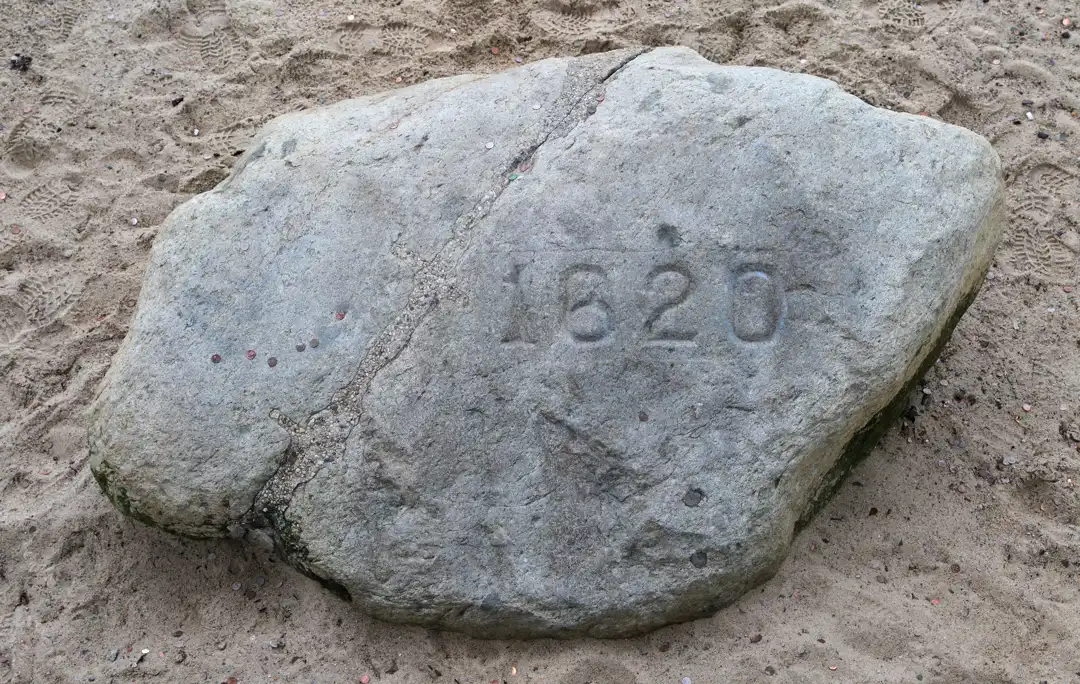
FAQ
1. Why are monuments important in understanding U.S. history?
Monuments remind us of the men, women, and ideas that have shaped the United States. They honor independence, creativity, ambition, and determination, helping us learn from the country’s past.
2. Are there any engineering marvels mentioned in the guide?
Definitely! The Golden Gate Bridge in San Francisco and the Hoover Dam on the Nevada/Arizona border, are both noted in the United States as incredible engineering and design achievements.
Conclusion
As you come to the end of this tour of prominent monuments in America, it’s apparent how varied and rich the country’s history is told through these monuments.
From the grand Washington Monument to the quiet F.D.R. Memorial, these places show us where we have been, as well as the extraordinary people who helped define the United States.
Maybe try to incorporate some of these sites into your next itinerary. Visiting them in person may help you better understand the country’s past. You’ll not only learn something new, but you’ll also probably be educated and inspired as well as get a clearer sense of the quilt that is the United States.
